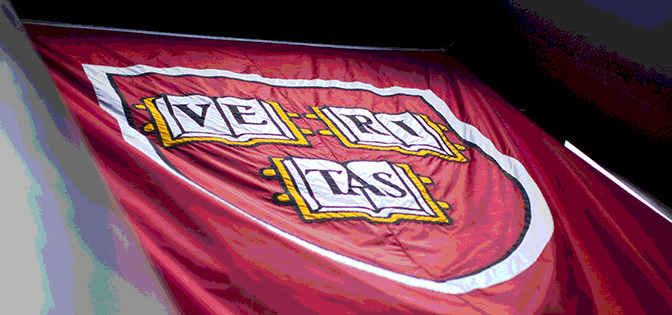As part of the U.S. Government’s COVID19 stimulus package, Harvard was somehow awarded $8.6 million. This at a time when many families and small businesses are struggling to make ends meet, and even struggling to receive unemployment assistance. With an endowment valued at roughly $40 billion, and after receiving an additional $1.9 billion increase from 2018 to 2019 alone, many have been calling for the university to return the stimulus money, including President Donald J. Trump.
The topic of Harvard’s tuition and endowment has been the subject of debate for years. Many students and alumni have been calling for them to use endowment money to lower it’s staggering cost of attendance. Without financial assistance the total annual tuition cost is nearly a whopping $70,000 per year.
It may be one of the best university’s in the world but should Harvard truly be charging this, many ask. Well, it is a private university and they have the right to charge what they wish. That’s something their governors and community must flush out.
The real question Americans should be asking is, should they really be getting $8.6 billion in stimulus money from the Federal government? Should any private university be receiving stimulus money? Furthermore, should students even be able to use federal money, whether grants or loans, to attend private universities? Doesn’t this go directly against free market capitalism? And for the left-leaning among us, doesn’t this go against liberal values of equitability?
Sadly, it seems despite public and presidential pressure Harvard refuses to return the money. This should make Americans as crimson as the university’s famous flag.
Public Universities are Failing Americans Too
What this situation currently highlights is what most Americans grappling with $1.64 trillion of student debt payments have been bitterly chagrinning about for two decades. The university system is broken and failing young Americans, as well as the U.S. economy.
Rather than spending $39,000 (the average private university student debt bill in 2018) on property ownership, entrepreneurial endeavors, raising a family, or other more productive ventures, Americans are sending it to banks. In other words, they’re sending it to paper pushers for a paper degree that has become the equivalent of a 20th Century High School Diploma.
The situation is just as bad at public universities, where budget conscious Americans send their children to attain high quality, allegedly lower cost degrees. Despite this, their tuition rates have been spiking as well. According to U.S. News, public university tuition increases have actually surpassed that of private schools:
- The average tuition and fees at private National Universities have jumped 154%.
- Out-of-state tuition and fees at public National Universities have risen 181%.
- In-state tuition and fees at public National Universities have grown the most, increasing 221%.
These numbers do not factor in inflation but, “total consumer price index inflation increased by around 54% from August 1999 to August 2019, according to the U.S. Bureau of Labor Statistics.”
Public Money for Public Institutions
The Federal Government became the primary student loan lender when President Lyndon B. Johnson signed into law the Higher Education Act of 1965. Since then federal and state programs have exponentially grown. Despite the nobleness of such efforts and the policy’s effectiveness of increasing college attendance, the unintended consequence has manifested into the Student Debt Crisis and ever increasing tuition rates.
Economics 101 tells us that as demand increases so does cost. Isn’t it time that policymakers start tackling this whole flawed system with visionary policy prescriptions? First and foremost, preventing the use of taxpayer money, whether loans or grants, to be used at private universities? Many of which have endowments that could allegedly cover operational costs and student tuition for years to come?
Shouldn’t public officials focus on using public money to make public universities more affordable and attractive? Why not pressure the private institutions to suppress costs by making public schools competitive? Why not ween them off the taxpayer teat?
As detailed in Make Public Service Great: End the Student Loan Crisis and various other bloggers and academics, there are a myriad of bipartisan ways policymakers can creatively reform and restructure the higher education system that directly increases American productivity, reforming the hodge-podge status quo to better meet the demands of 21st Century America.



